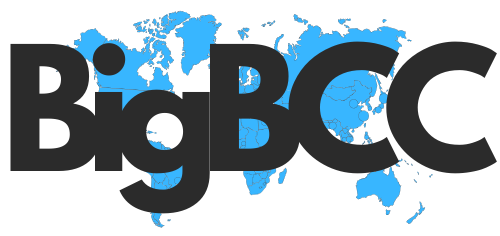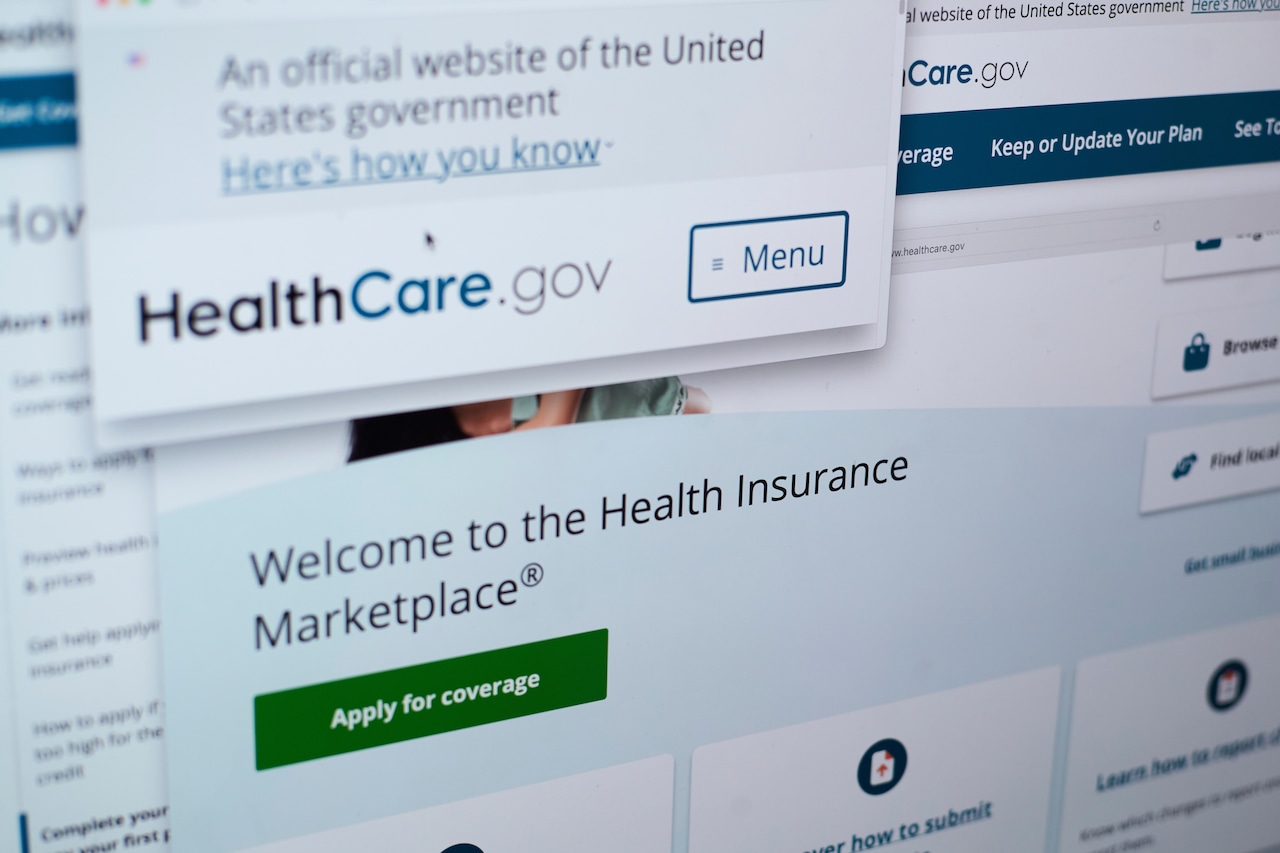Many Oregonians who buy their own health insurance or get coverage through a small business employer will see significant premium increases next year, as state regulators finalized 2026 rates showing average hikes in the double digits.
The Oregon Division of Financial Regulation announced the new rates this week, following a delayed review process caused by months of uncertainty linked to a recent federal court challenge to a new Centers for Medicare and Medicaid Services rule.
Across the individual market — where roughly 126,000 Oregonians buy plans through the Affordable Care Act marketplace, commonly known as Obamacare — insurers will raise premiums next year by nearly 9.7% on average. That’s up slightly from last year’s 9.3% average increase.
Small group health plans, which cover businesses with 50 or fewer employees, will see an average premium increase of 11.5%, a modest drop from last year’s 12.3%. Although most employers contribute to their workers’ monthly premiums, the higher rates will still affect the roughly 140,000 Oregonians with small-business coverage.
Five insurers — BridgeSpan, Moda, PacificSource, Providence and Regence — will continue offering individual plans statewide, while Kaiser Foundation Health Plan of the Northwest will provide coverage in 11 counties.
Each insurer offers at least three versions of its plans, known as bronze silver and gold, which differ based on how costs are split between the insurer and consumer. On average, consumers pay about 40% of medical costs under bronze plans, 30% under silver plans and 20% under gold, according to the federal marketplace.
The finalized rates mean premiums for a typical 40-year-old in Portland buying a mid-level silver plan will range from $518 per month through Kaiser to $620 with BridgeSpan. Other insurers fall in between: Providence’s silver plan averages $584, Moda’s $539, PacificSource’s $593 and Regence’s $591. These figures do not include income-based subsidies available through the Affordable Care Act.
For small businesses that provide coverage to employees, premiums for a 40-year-old in Portland will range from about $450 a month with Kaiser to $613 for plans from UnitedHealthcare, depending on the insurer.
State regulators cite medical inflation and rising prescription drug costs as key drivers of higher premiums. However, another major factor affecting rates is the scheduled expiration of enhanced federal premium tax credits, according to the Oregon Department of Consumer and Business Services.
These subsidies, created during the COVID-19 pandemic to cut health insurance costs, were extended through 2025. They have helped lower monthly premiums for most Oregonians who buy coverage through Obamacare, officials said.
Unless Congress acts to renew them, enhanced subsidies will expire at the end of 2025, reverting to smaller, pre-2021 tax credits. That means many families could see their federal assistance cut dramatically or disappear altogether.
The debate over extending these enhanced premium tax credits has become entangled in the ongoing federal government shutdown. Democrats argue that allowing these subsidies to lapse would drive up health costs for working families and destabilize insurance markets nationwide. Many Republicans, however, have insisted that the extension should be considered separately from emergency funding measures and have resisted including it in government-reopening negotiations.
State officials said that without these subsidies, some Oregon families — particularly those in middle-income brackets or living in rural areas — could see substantial increases in monthly premiums and out-of-pocket costs, in some cases as much as 300% to 400%.
According to the Oregon Health Authority, those earning more than 400% of the federal poverty level — about $62,000 a year for one person, $84,000 for a couple or $128,000 for a family of four — would no longer qualify for the expanded subsidies.
Last year, more than 145,000 Oregonians bought health coverage through the marketplace, and about 80% received some level of federal subsidy to reduce their premiums.
Open enrollment for coverage through the Obamacare marketplace begins Nov. 1 and runs through Jan. 15. Oregonians can compare plans and estimate monthly costs using the state’s health insurance marketplace online calculator tool.
If you purchase a product or register for an account through a link on our site, we may receive compensation. By using this site, you consent to our User Agreement and agree that your clicks, interactions, and personal information may be collected, recorded, and/or stored by us and social media and other third-party partners in accordance with our Privacy Policy.








